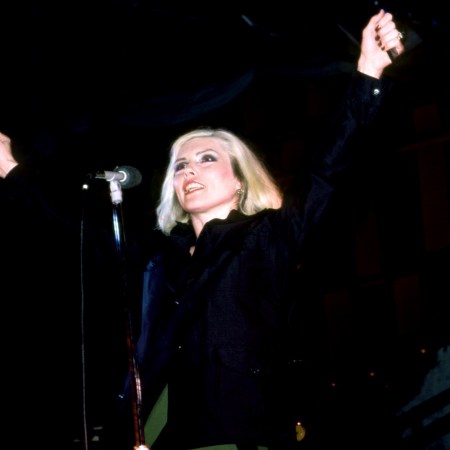In 1990, Damien Hirst first exhibited an installation titled A Thousand Years, which helped to establish his reputation and reportedly drew the attention of Francis Bacon. In a 2012 review of a show of Hirst’s work at the Tate Modern, Adrian Searle wrote, “Clean and dirty, full of life and death, formally shocking and rich, it has an air of maturity and finality.”
The installation is one of Hirst’s most acclaimed works, but it’s also sparked no small amount of controversy. That’s because part of the installation involves the killing of flies — and the animal rights group PETA has taken issue with that.
According to a report from ARTnews, PETA filed a complaint against the Kunstmuseum Wolfsburg, where Hirst’s installation was on display. In the article, Tessa Solomon described the process contained within the work. “Flies hatch in one side of the case, and if they venture through a hole in the partition, they will be drawn toward an artificial light — which burns the flies upon contact,” Solomon wrote.
In response to PETA’s complaint, municipal authorities stepped in, and the installation was ultimately dismantled. The article has asked Hirst’s studio if artificial flies could be used — though given the way that the installation has involved a birth-through-death life cycle, it’s unclear how that would work.
That said, PETA’s arguement does pose a valid question: does a work of art that involves the killing of several animals — even flies — raise moral questions about the ethics behind it? It’s an unexpected overlap of art and morality.
Thanks for reading InsideHook. Sign up for our daily newsletter and be in the know.


















